In this article, I will explain everything you need to know about energy balance and help you understand does calorie deficit works without exercise?
Calorie deficit work without exercise because exercise relates only to 15-30% of total energy expenditure, depending on the activity level. For active people, exercise makes up 20-30% of total calories burned. For sedentary people, it’s only 10-15% or less.
This basically means that the majority of your calories burned are coming from BMR (basal metabolic rate), and TEF (thermogenic effect of food). Here’s how it works.

Can You Be In A Calorie Deficit Without Working Out?
You can be in a caloric deficit without exercise because exercise only accounts for a small portion of calories. The biggest influence on calorie deficit has the calories consumed, therefore it is more effective to reduce calorie intake rather than increase physical activity.
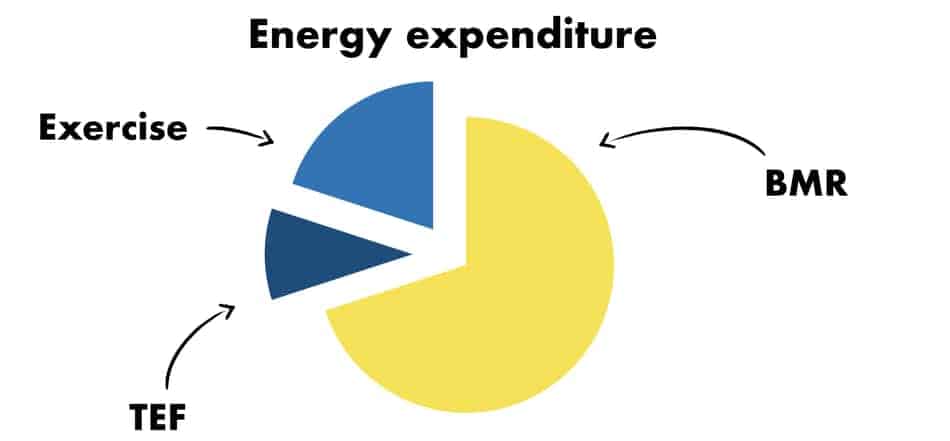
There are of course tons of benefits from regular physical activity (source). But that’s the topic for another article.
A calorie deficit is simply eating less food than your body is burning during the day. And frankly, even if you lay down with your belly up on the bed all day long, you will burn heck lots of calories.
The most calorie expensive is your basal metabolic rate (BMR) which is the sum of the processes that are going on in your body on a daily basis, without any movement or digestive activity. What’s most interesting, BMR accounts for over 70% of calories burned and is strictly related to the amount of oxygen we consume.
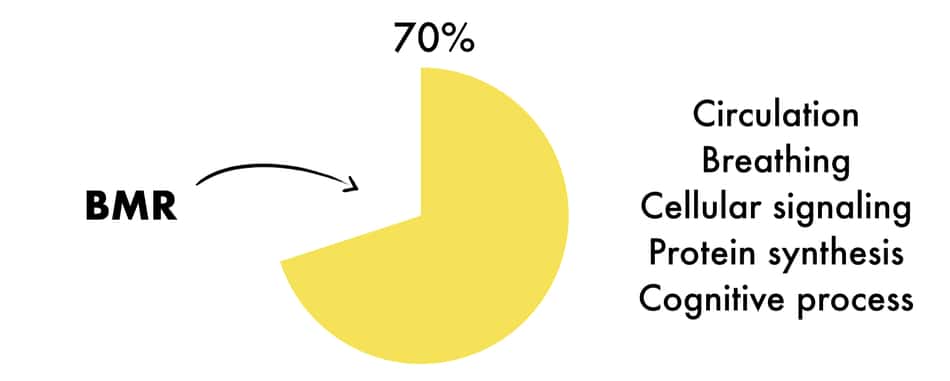
For instance, your body burns approximately 4.82 kcal to transfer 1 liter of oxygen throughout the body. At rest, we typically consume 3.5 milliliters of oxygen per kg of the body per minute (source).
So as you can see, depending on how much oxygen demand your body has it will determine the oxygen needs, therefore, calories burned to deliver this oxygen. Lean body mass (muscle) requires a gigantic amount of oxygen.
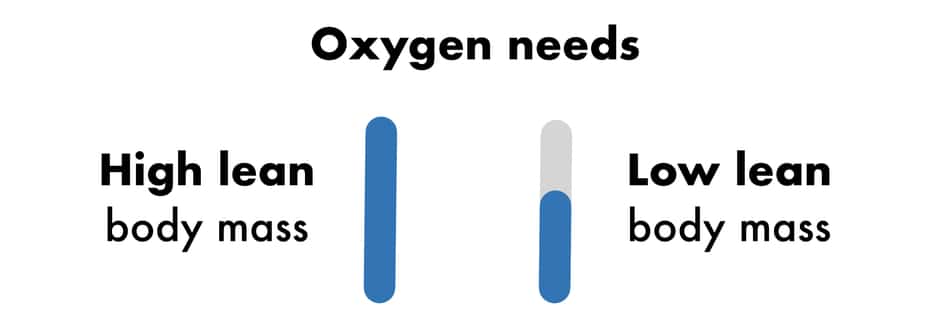
Muscles are extremely metabolically expensive because they need a lot of oxygen, even for non-movement-related tasks. That’s why with higher muscle mass, you will burn more calories, even at rest.
Also, your brain takes around 20% of your BMR because of the oxygen demands. This means that any cognitive effort can consume a huge chunk of the calories.
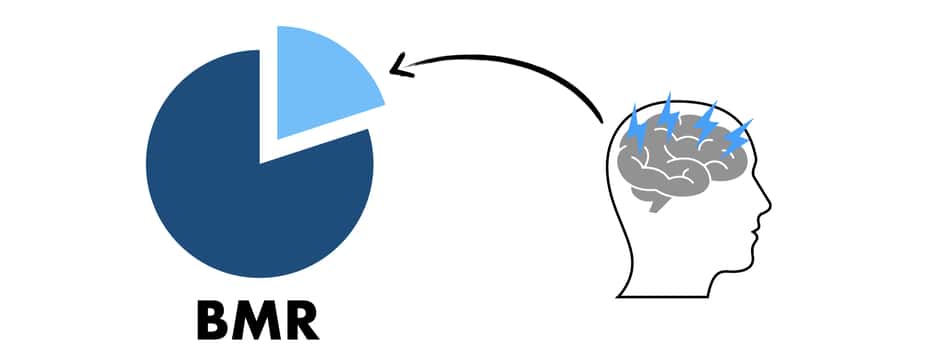
In fact, according to Robert Sapolsky, neuroendocrinology researcher from Stanford University, a grandmaster’s chess players can burn up to 6000 calories during the chess tournament.
This statement received a lot of skepticism because there is no actual data to support that claim. So you need to take it with a gram of salt. However, the truth is that intense cognitive effort increases calorie demands, comparing to let’s say, watching reality TV (source).
Can You Create A Calorie Deficit Without Exercise?
You can create a caloric deficit without exercise because exercise only makes up 10-30% of daily energy expenditure. It is a more efficient way to create a caloric deficit by controlling the energy coming in from food rather than expending through exercise.
Another component of your calories burned is the thermic effect of food (TEF). Those are all the processed that is needs to be done in order to extract nutrients from the food you eat and convert those nutrients into usable assets in the body (vitamins, fatty acids, amino acids, etc) (source).
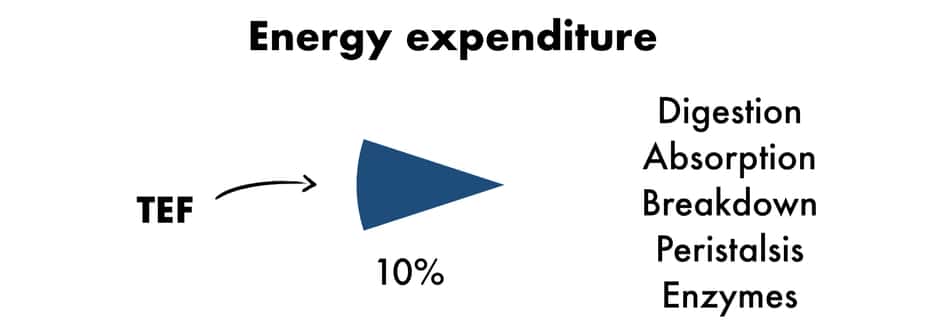
Think about digestion, enzymatic activity, gastric acid activity, peristaltic mobility, food breakdown, nutrient movement, nutrient transportation, and absorption. It’s like a 24-hour factory that requires power.
Also, you can burn different numbers of calories, depending on the food type you eat. Proteins tend to have the highest thermic effect. This means your body will consume more oxygen (it will cost you more energy) to breakdown, digest, and absorb proteins from meat comparing to let’s say, pasta or rice.
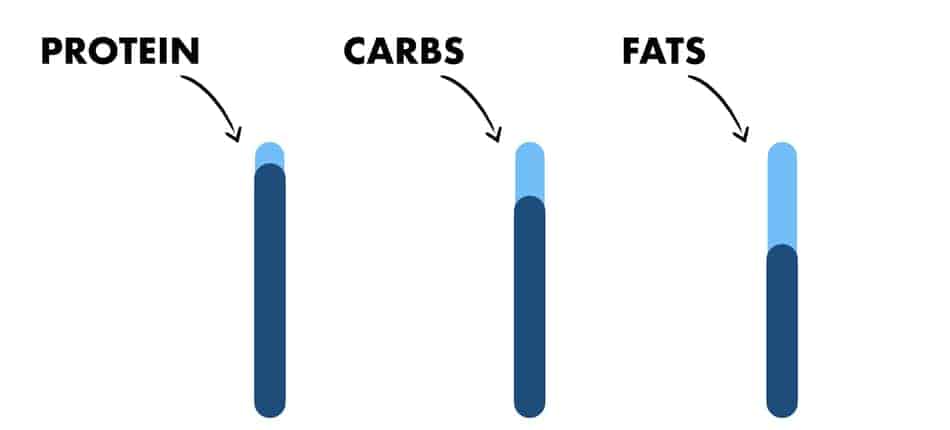
Also, the biggest impact on TEF has food amount (one bigger meal burns more calories than few smaller ones), age, and physical activity (source).
So just by eating more proteins, right of the gate not only it will help you you lean mass, but it will burn more calories in the process. In general, TEF is around 10% of your total energy burned.
So what about the exercise?
Calorie Deficit Without Working Out
Now on the flip side, exercise only burns this many calories during the day. For active people, it is around 30%, where for sedentary people, it is between 10-15% only. So calorie deficit without working out is achievable. However, there are multiple benefits of being active.
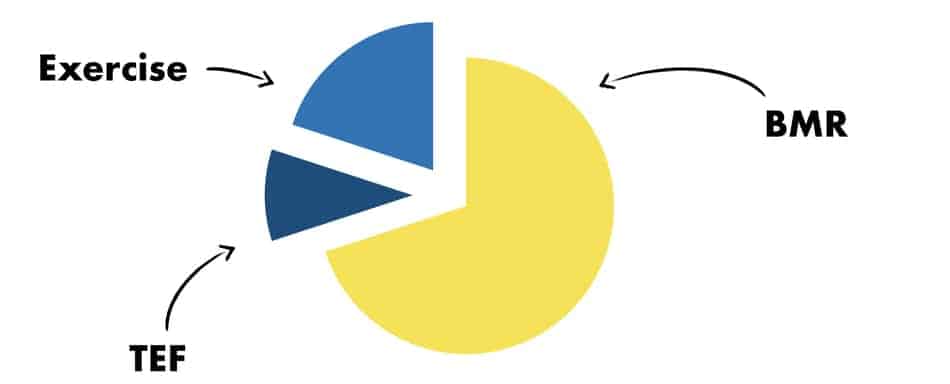
The most obvious benefit is that exercise in the form of resistance training (for example weight lifting) increases your lean body mass. So you don’t burn a lot of calories during the actual training. But your lean mass, as you remember, consumes the most oxygen (calories burned) at rest.
So doing strength training 3 times per week can really improve your body composition enormously in the long term (source).
That’s why people starting out with weights, initially don’t see much progress. But somewhere along the line, once you build your muscle mass you will notice that it gets easier to stay lean, even without the perfect diet. Just because you have more muscle mass.
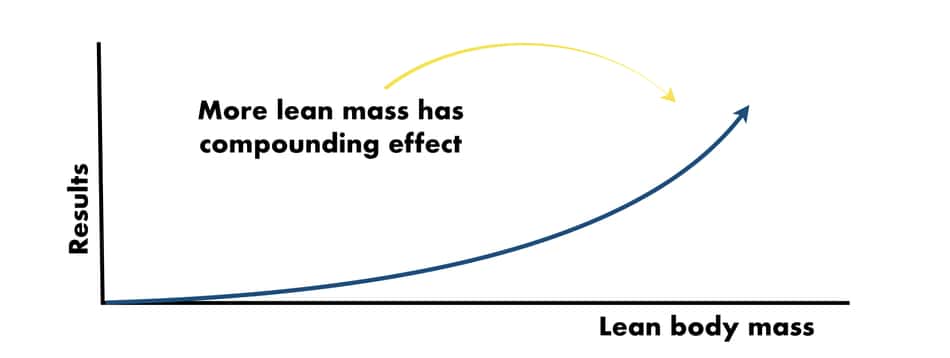
Also, a more lean body mass means better blood sugar stability, better strength and stamina, excellent support for joints, and more energy throughout the day.
How about cardio?
Calorie Deficit Without Cardio
Cardio will burn much more calories during the actual training session, compared to resistance training, because it significantly increases the oxygen demand. However, you can still be in a caloric deficit without cardio because those demands relate to around one-fifth of the total expenditure.
So doing a steady-state cardio session you will burn more calories than by doing weights. One study divided a group of people into three separate categories – aerobic, resistance training, and aerobic with resistance training for 8 months of research (source).
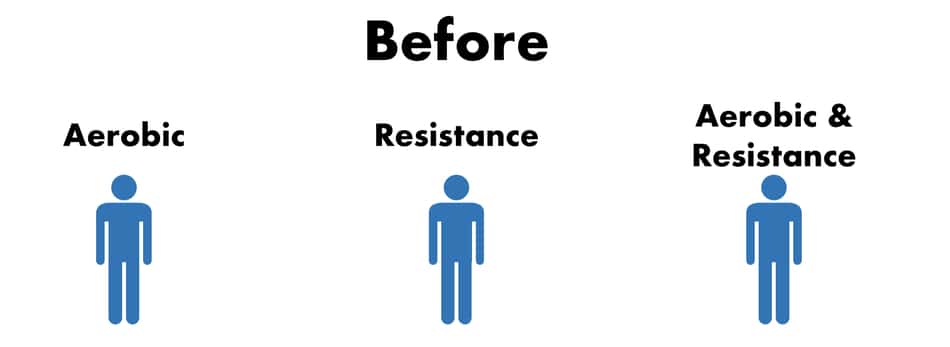
The aerobic group did cardio of choice (treadmill, elliptical trainers, and cycle ergometers) of 12 miles per wk at 65–80% max heart rate.
The resistance training group did weight training 3 days per week. A total of 24-36 reps per training day.
Aerobic and resistance group did combination of both.
The results show that:
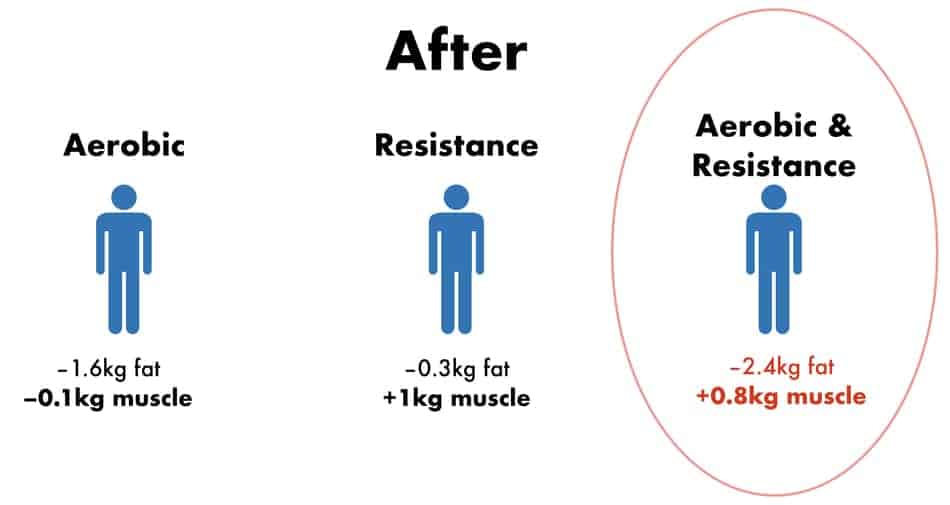
The aerobic group, on average, lost 0.1kg of lean mass and reduced fat by 1.6kg.
The resistance training group, on average, gained 1kg of lean body mass and reduced fat by 0.3kg.
The combo groups, on average, gained 0.8kg of lean mass and reduced fat by 2.4kg.
This shows that the best method is the combination of strength and aerobic exercise. However, It is important to highlight here that when you dig into the training protocols, the resistance training group performed 3 sets per training day.
So my honest conclusion is that the resistance training was performed on the low-end effort level. Because in real life, nobody is doing only 3 sets of one exercise per training day 3 times a week. It’s like coming to the gym to do only 24-36 reps of leg extensions and nothing else.
It’s just not reflecting real-life scenarios where in 30 minutes of you can perform 3-4 exercises with 3 sets of each per day, which is 3-4 times the volume. Also, doing such a low resistance training volume and comparing that with 12 miles (19km) of cardio at almost peak heart rate, is like comparing apples to pork chops.
However, despite those discrepancies, the study shows that cardio does add to the results. But keep in mind that this study took 8 months. So if my client would lose only 1.6kg of fat after 8 months of cardio, I would probably get fired.
In Conclusion
You can get into a caloric deficit without doing any exercise because exercise only adds up to a small chunk of the whole calories burned during the average day. So in favor of fat loss, it is much more effective to reduce calories eaten, rather than spending hours in the gym.
There are however enormous benefits of doing both cardio and strength training, beyond the caloric deficit. And for anyone who is looking after their health and is willing to live their life to the fullest, physical activity offers not only physical strength but mental strength too.
Ciao for now.
